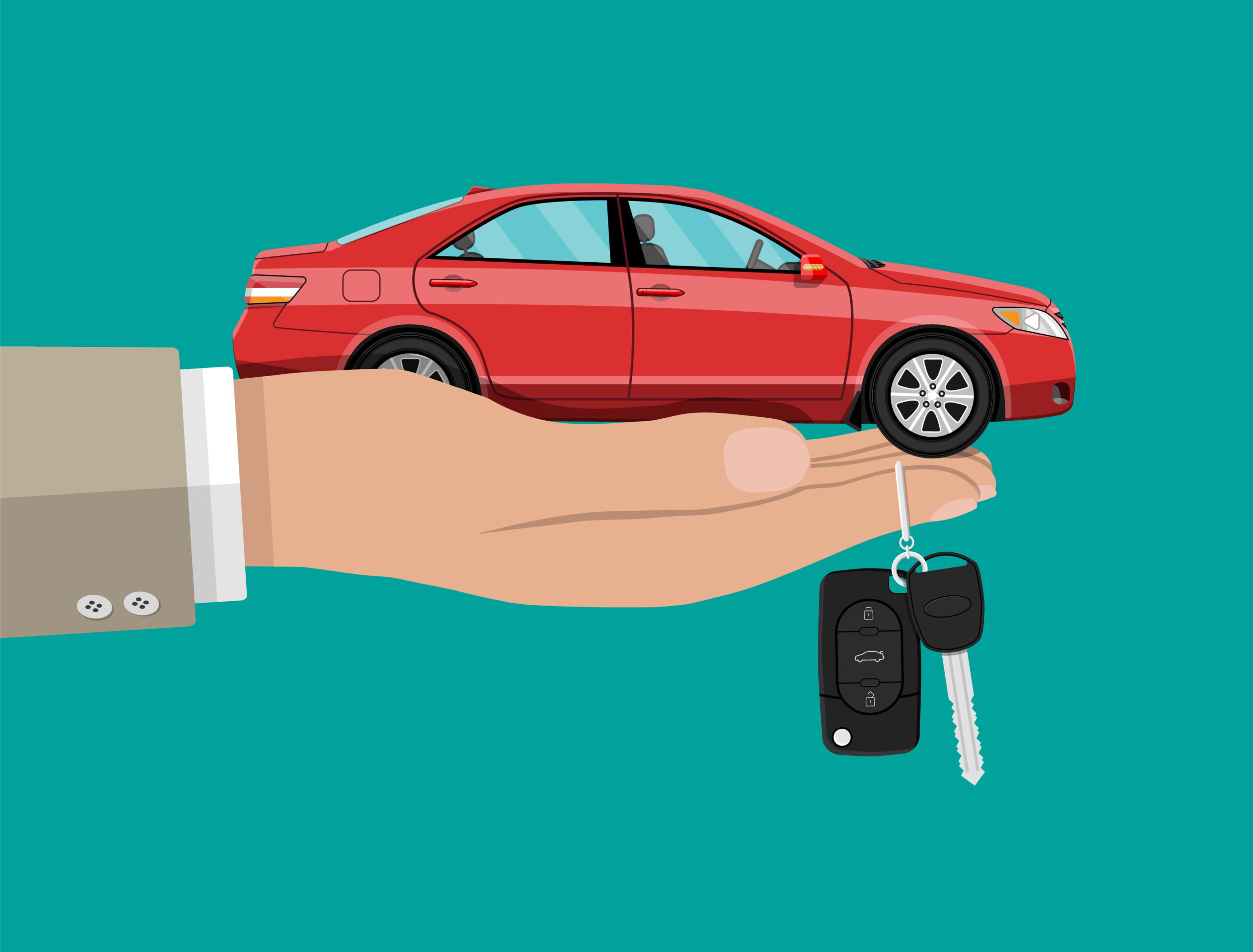A new decade is here and with it, a lot of speculation on what the state of the auto industry will look like in 2020 and beyond. Most of the experts focus on the dealership and car buying changes but it’s worth taking a look at how those shifts could affect the F&I department in the coming year. Maybe F&I doesn’t get all the love that the sales side gets but here we will give it the attention it deserves reviewing the last ten years and peeking into the crystal ball a little to see what the future holds.
The Decade That Was…
An interesting time for F&I managers, the 2010’s saw the Great Recession in its last stages of recovery and dealerships were getting used to a new climate of increased regulation from both government entities and financial institutions. Products like GAP Insurance now required licensure in certain states for F&I managers to sell policies and some states got rid of its sale altogether. Every deal became more highly scrutinized and the good ol’ days of contract shell games and shady selling tactics were finally in their death throes.
As large dealer groups grew and absorbed struggling smaller stores, their influence was felt in the F&I departments with a shift towards more progressive pay plans including base salary and a trend towards greater retention efforts for skilled F&I staff as the recession had scared many out of the business. Keeping the good ones finally became a priority.
Here Come the Roaring 20’s…again.
One thing we all can agree on, no matter where you may fall on the political spectrum, is that the last few years have been pretty good for our economy. Employment stats are better than they have been in a generation, wages are level (though not rising, which we will get to in a minute), and the Dow is at record levels.
But what challenges will F&I face in the next year? All this SOUNDS good but are there things that all F&I departments needs to be wary of and prepare for?
 Let’s take a quick look at the good and the bad that F&I managers need to be prepared for in the next year…
Let’s take a quick look at the good and the bad that F&I managers need to be prepared for in the next year…
The Rising Cost of New Cars = Shift to Used
It’s no secret that the cost of a new car has crested above $38,000 on average in 2019 and with it comes an average monthly payment of over $400 per month. New cars prices are reaching a tipping point as many in the industry have observed and with that comes a higher demand for late model used cars. People are not making much more these days and their ability to shoulder a high payment is decreasing rapidly. How does this affect F&I? Simple…more used cars mean more opportunities to sell product such as extended warranties, tire & wheel, etc. This is the ‘good’ I mentioned…higher PRU on a used car and easier financing opportunities since prices are cheaper. F&I managers should continue to find their banks and OEM captives flexible in offering good buy rates for solid late model used vehicles. There is speculation that CPO programs will stay strong for the same reason…OEM’s offer well inspected use cars with lower miles and the added bonus of added powertrain coverage. CPO cars are easy to get bought and selling extra product is still relatively easy since the powertrain warranty doesn’t cover much.
Big Payments Shrink with Longer Terms
While we are on the subject of higher payments, it’s becoming commonplace now more than ever that a buyer is accepting longer loan terms in an effort to keep the payment lower. This becomes a win for F&I as the longer term usually ends up paying more on the back end. Again, a good thing. The ‘bad’ in this scenario is that some lenders are pulling back on 72- or 84-months financing as it can put their portfolio in a risky position having that many loans outstanding for that long. Some don’t mind and actively advertise it, but some are starting to stick to 60 months and that reduces an F&I manager’s ability to get a deal bought when faced with a payment buyer. Creative leasing terms will be something seen in the next year as these higher finance payments price buyers out of the market more often. Leases have become cool again to help a buyer get a premium car at a smaller payment. Count on that to continue.
Delinquencies Will Continue to Rise
2019 already saw a significant jump in delinquencies and that trend is not projected to stop in 2020. Longer loan terms, while helpful in the beginning to make a deal happen, is proving for some borrowers to be too long in reality. Credit is being opened up fast-and-loose which has some worried we are heading to a car loan bubble much like the real estate bubble of the 2000’s that helped to create the Great Recession. F&I staff can use this trend to push credit life/A&H if available in your state and dealership. Same with GAP…if you know it was a stretch to get them bought and you know the statistics are moving in this direction, offer them that extra protection. It can’t hurt.
Dealers Expanding Digital Presence
As more dealers look to compete with the online industry disruptors like Carvana, the online selling model is predicted to grow in the next few years. Does this impact F&I? Yep… Carvana, as a convenient example, can not only sell you the car but they can also handle the entire F&I portion of the process online as well. While most experts don’t see F&I ‘going away’ anytime soon in its current model, it’s fair to say that as buyers look to the internet for more information on products and services to add to their purchase, so too must F&I departments be ready to embrace that level of transparency. As they always say, if you can’t beat ‘em, join ‘em. We already know that Millennial and Gen Z buyers do almost all of their research online before ever stepping foot into a dealership. Adding product and service descriptions online as well as offering some form of online chat or FAQ’s will help bridge that trust divide between the buyer and the dealer. And social media is only growing in its popularity on the business level and so too will a buyer’s willingness to post their questions, hoping for a straightforward and honest answer to make them feel comfortable in coming into finance with you. Is it all bad news? No but 2020 is already shaping up to be a pivotal year for F&I departments and their ability to adjust to changing norms.








